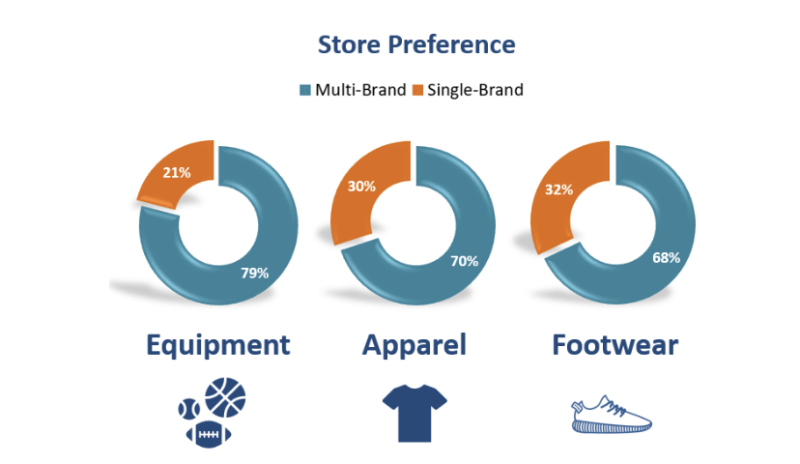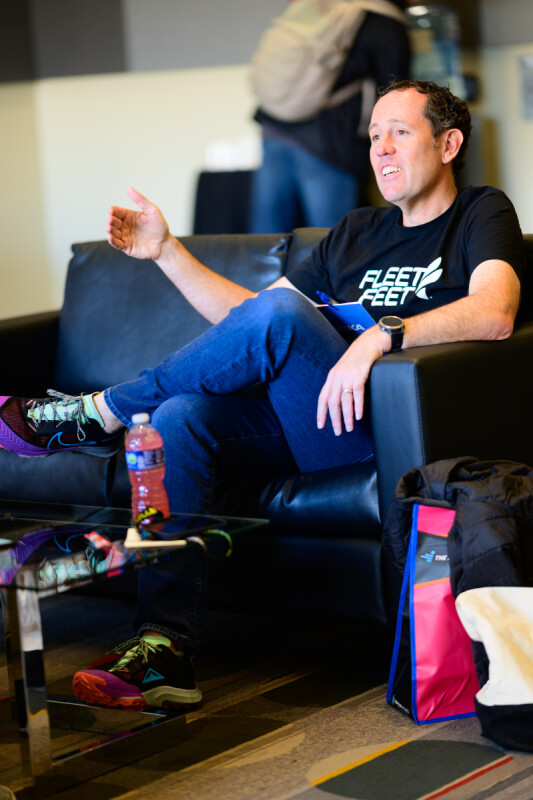In a bit of good news, a recent survey by RunSignup finds that race directors believe that both virtual and in-person races will be part of the racing scene in the new year. While its recently completed survey, which offered a comparison to attitudes from a similar survey it took in May 2020, reinforced the significant impact of COVID-19 on endurance events, it also found some optimism as races prepare for a range of options in 2021.
The survey showed cautious optimism with significant revenue reductions in 2020 gradually improving over the coming months. At the heart of the recovery are increased event options — including virtual races, virtual challenges, modified in-person races and hybrid races that combine both in-person and virtual elements and options.
The survey, completed by 398 race organizers, covered a range of organization and events sizes with 33 percent of represented organizations serving 501-to-5000 participants, 21 percent representing 5001-to-20,000 participants, and 17 percent representing more than 20,000 participants annually.
Among the findings of the RunSignup survey:
- Virtual race events are not about to go away in 2021. Almost half (46 percent) of all respondents expect to host a hybrid event, both in-person and virtual, in the second half of 2021, and that number is expected to grow as races realize the value of increasing their reach.
- Expectations for 2021 revenue are less optimistic now than they were in the original survey back in May, with revenue predictions for the second half of the year falling from 76 percent in May to 64 percent today. However, a gradual recovery is still expected with revenue increasing steadily from now until late 2021.
- Smaller organizations fared better, with organizations representing fewer than 1000 participants in a year exceeding the revenue they expected when first surveyed in May.
- While organizations still indicate that they are using cost-saving measures, including reducing operating and employment expenses, an increasing number are also making up for shortfalls by creating new revenue streams such as fresh race, challenge or virtual event concepts.
- Only one percent of respondents indicated that they expect bankruptcy, down slightly from 1.4 percent, with the same expectation in May. This suggests that industry experience will still be around when the demand for events rebounds.
With race organizations of all sizes expecting revenue shortfalls in 2020 and 2021, RunSignup also asked what changes they are making to reduce their expenses to absorb those shortfalls. Across the board, adjustments have been made. Smaller organizations relying more on cash reserves/other forms of income, and reducing program and operating expenses. This segment likely represents a significant number of smaller races organized for nonprofits, and signals that the programming of the nonprofit is impacted by the revenue reduction.
However larger organizations, with more employees, are the most likely to be furloughing employees or reducing compensation. But they are also the most likely to reduce software/subscription expenses, and the most likely to seek out new revenue sources like virtual events.
“While this survey confirms that a slow recovery is expected, it also demonstrates that the industry is far better prepared to handle the uncertainty in 2021,” says RunSignup founder and CEO Bob Bickel. “Through safety modifications and communication with health officials, we have seen an increase in successful in-person events in recent weeks.
“What is really encouraging, though, is how the breadth of options has grown,” Bickel adds. “Compared to March, event organizers are much more prepared to create engaging virtual races and challenges and are building their events as Hybrid events – providing options for different types of participants and creating built-in contingency plans to avoid last-minute cancellations.”
Among some other findings:
- RunSignup expects many of the planned in-person races to add a virtual component, significantly increasing the percent of races that are hybrid from their current prediction of 42 percent in the first half of 2021 and 46 percent in the second half.
- There is less optimism about 2021 now than there was back in May, with expected revenue for 2021 falling from 76 percent of 2019 profits (in May) to 64 percent of 2019 profits today. However, that 64 percent still demonstrates that conditions are expected to improve over the course of the next year.
RunSignup also provided a number of recommendations.
- Go Hybrid.In-person events have been increasing, but uncertainty remains and many participants aren’t ready to show up in person. Creating flexible events with virtual and in-person elements provides the best opportunity to reach more participants and increase your revenue and fundraising.
- Open early. The built-in back-up plans in hybrid events allow organizers to get their races on the calendar now. Indications from countries that have more fully opened are that events will come back with a bang when the medical situation improves.
- Get creative with Virtual. If you feel like virtual is getting stale, mix it up. Try a challenge instead of a race or work with a timer.
- Even if your “normal” events aren’t possible, supporters are demonstrating that they’re dedicated to supporting causes. 49% of nonprofits adjusted to current restrictions by creating entirely new event concepts.
- The largest single segment is smaller races, with 41 percent of respondents noting that their largest race is less than 500 participants, and 29 percent of organizations serving less than 500 throughout the year.
- While expectations for 2021 are significantly improved, organizations still expect to see reductions as compared to 2019. Smaller organizations expect to rebound to around 74 percent of their 2019 revenue, while larger organizations expect a longer impact from COVID-19, forecasting only 49% of 2019 revenue.
To read the full survey: https://runsignup.blog/2020/11/20/race-survey-in-person-and-virtual-race-options-expected-through-2021/






